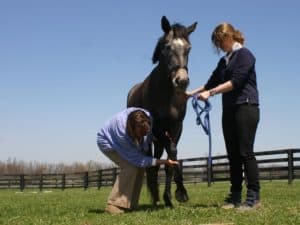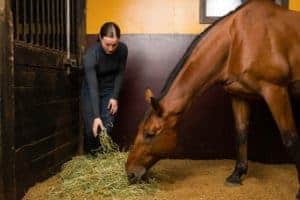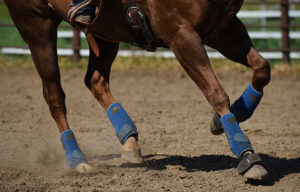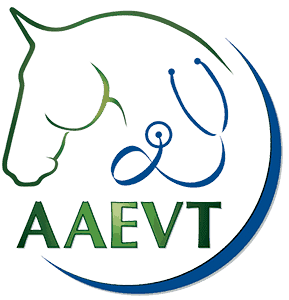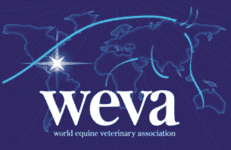Equine Fescue Toxicosis
- Posted by Michelle Anderson
Share:

An unseen threat to your mare and her unborn foal might be lurking in your pasture in the form of ergovaline, which is an alkaloid produced by an endophytic fungus that lives in tall fescue grass (Festuca arundinacea Schreb).
Learn more about the clinical signs and prevention methods of fescue toxicosis in this free report!
Share
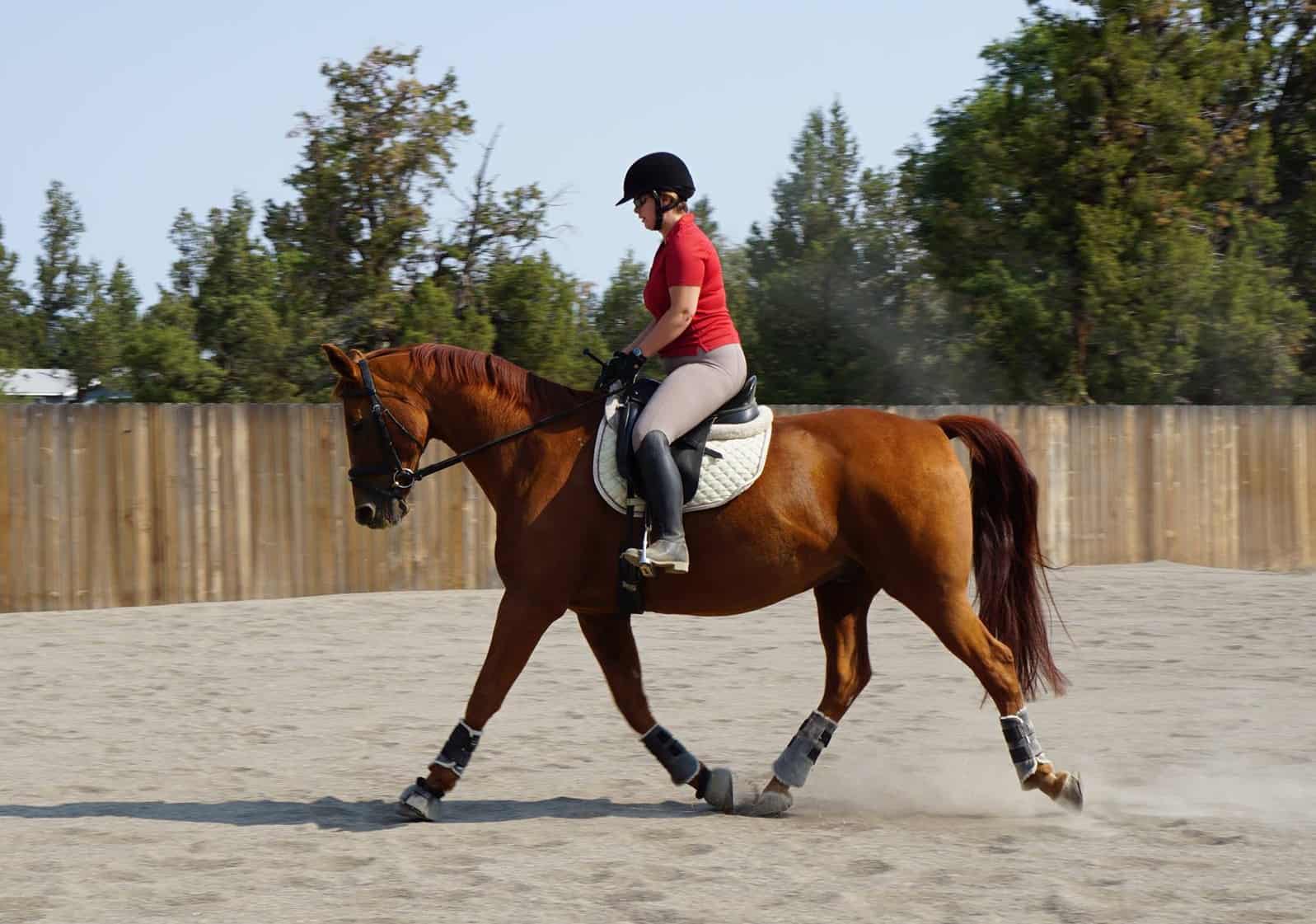
Written by:
Michelle Anderson
Michelle Anderson is the former digital managing editor at The Horse. A lifelong horse owner, Anderson competes in dressage and enjoys trail riding. She’s a Washington State University graduate and holds a bachelor’s degree in communications with a minor in business administration and extensive coursework in animal sciences. She has worked in equine publishing since 1998. She currently lives with her husband on a small horse property in Central Oregon.
Related Articles
Stay on top of the most recent Horse Health news with


